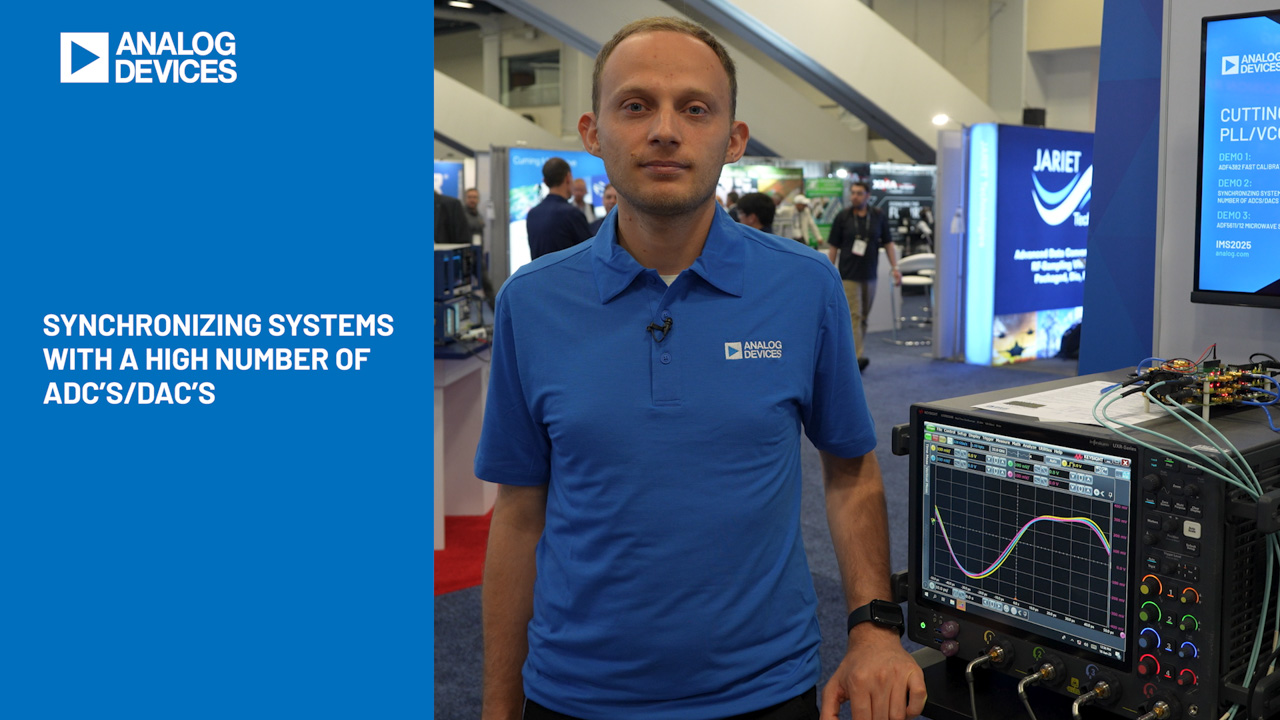Surge Stoppers Ease MIL-STD-1275D Compliance
Introduction
A military vehicle is a tough environment for electronics, where the potential for damaging power supply fluctuations is high. U.S. Department of Defense MILSTD-1275D sets down the requirements for electronics when powered from a 28V supply, ensuring that electronics survive in the field.
MIL-STD-1275D compliance can be achieved by brute force, shunting high energy levels to ground using bulky passive components. This method does not guarantee power delivery to downstream electronics and can require replacing damaged protection components when they do their job. A more compelling solution is to use high voltage surge stoppers such as the LTC4366 and LT4363, which use series MOSFETs to limit the output voltage when faced with input voltage spikes and surges.
A surge stopper reference design for MIL-STD-1275D is available as Linear Technology demonstration circuit DC2150A-C. This board limits its output voltage to 44V when faced with input voltages as high as 250V, while providing 4A of current to the output in all circumstances except the ±7V ripple test, when the available current is reduced to 2.8A. In most circumstances, satisfying MIL-STD-1275D is as simple as placing this circuit in front of a 44V tolerant device. A certification report is available at www.analog.com/dc2150a-c.
MIL-STD-1275D Requirements
MIL-STD-1275D defines a variety of supply variances, from steady-state operation to starting disturbances, spikes, surges, and ripple, and lays down requirements for each of these conditions in three separate “modes of operation”:
- Starting mode: starting and cranking conditions.
- Normal mode: nominal, fault-free battery supply.
- Generator-only: a disconnected battery leaves the generator directly powering the electronics.
Table 1 compares the MIL-STD-1275D limits for normal mode and generator-only mode. This article focuses on generator-only mode since it is the most demanding.

Table 1. Selected MIL-STD-1275D Specifications in Normal Operating Mode and Generator-Only Mode
Steady State
In generator-only mode, the steady-state supply voltage is between 23V and 33V. In the simplified diagram in Figure 1, the LT4363 in combination with sense resistor RSENSE limits the maximum DC current to 4A minimum/5A typical. This protects the system from faults that occur at the output and prevents blown fuses at the input.

Simplified MIL-STD-1275D Circuit Diagram
Spikes
A spike is generally oscillatory (it rings) and decays to the steady-state voltage within 1ms. The envelope of the worst-case MIL-STD-1275D spike is defined by Figure 2 (for generator-only mode).

Envelope of Spike in Generator-Only Mode
In Figure 1, the 250V spike condition is handled by MOSFET M1, rated to withstand over 300V from drain to source. During the –250V spike, diode D1 is reversebiased, blocking the spike from M2 and the output. (The LTC4366 surge stopper withstands reverse voltages and the –250V spike without additional protection.)
Surges
Surges are transients that last longer than 1ms. Figure 3 shows the limitations for generator-only mode. The recommended test in MIL-STD-1275D specifies that five 100V pulses of 50ms duration should be applied at the system input with a 1s repeat time. The envelope of the surge condition shown in Figure 3 is more difficult to satisfy, as it does not return to 40V for a full 500ms. The solution shown satisfies both conditions.

Generator-Only Mode Surge Envelope
During the input surge, M1’s source is regulated to 66V by the LTC4366, while M2’s source (and the output) is regulated to 44V by the LT4363. Compared to using a single MOSFET, this reduces the power that must be dissipated in the individual MOSFETs and increases power available at the output.
Ripple
Ripple refers to 50Hz to 200kHz oscillations of the supply voltage about its steady-state DC voltage. According to the specification in generator-only mode, the ripple can be as large as ±7V about the DC steady state voltage.
Diode D1 in combination with capacitor C1 forms an AC rectifier that prevents high frequency ripple components from reaching the output. Note that rising edges of the input ripple waveform attempt to pull up the output capacitor, causing the LT4363 to momentarily limit the current through M2. For this reason, the current available to the output load during the ripple condition is 2.8A, less than the 4A available during normal operation. More about the ripple condition and ways to improve this circuit behavior are described in Linear Technology Journal of Analog Innovation, Volume 24, Number 1, “High Voltage Surge Stoppers Ease MILSTD- 1275D Compliance by Replacing Bulky Passive Components.”
Starting Mode
Voltage variations caused by the starter motor and cranking are described by MIL-STD-1275D starting mode—the supply voltage can drop as low as 6V before recovering to at least 16V within one second and the steady-state DC voltage within 30 seconds. The solution presented here typically functions at the 6V minimum. But it is only guaranteed to work to 8V due to component tolerances, the most significant being the loosely specified threshold voltages provided by MOSFET manufacturers.
Electromagnetic Compatibility Requirements
MIL-STD-1275D refers to another standard, MILSTD- 461, regarding electromagnetic compatibility. Typically, an EMI filter is placed at the input of MILSTD- 1275D compliant systems—while surge stoppers do not eliminate the need for filtering, their linear mode operation introduces no additional noise.
Conclusion
Linear Technology’s surge stopper products simplify MIL-STD-1275D compliance by using MOSFETs to block high voltage input surges and spikes while providing uninterrupted power to downstream circuitry. Blocking the voltage with series components avoids the blown fuses and damage that can occur when circuits attempt to shunt high energy to ground with bulky passive components.
关于作者
他的职业生涯始于凌力尔特,设计了LTC2923和LTC2925电源跟踪控制器、LTC4355高压双通道理想二极管OR和LTC1546多协议收发器。他还是世界首款以太网供电控制器LTC4255的设计团队成员。他拥有两项与这些产品相关的专利。
随后,他搬到新加坡管理凌...




















